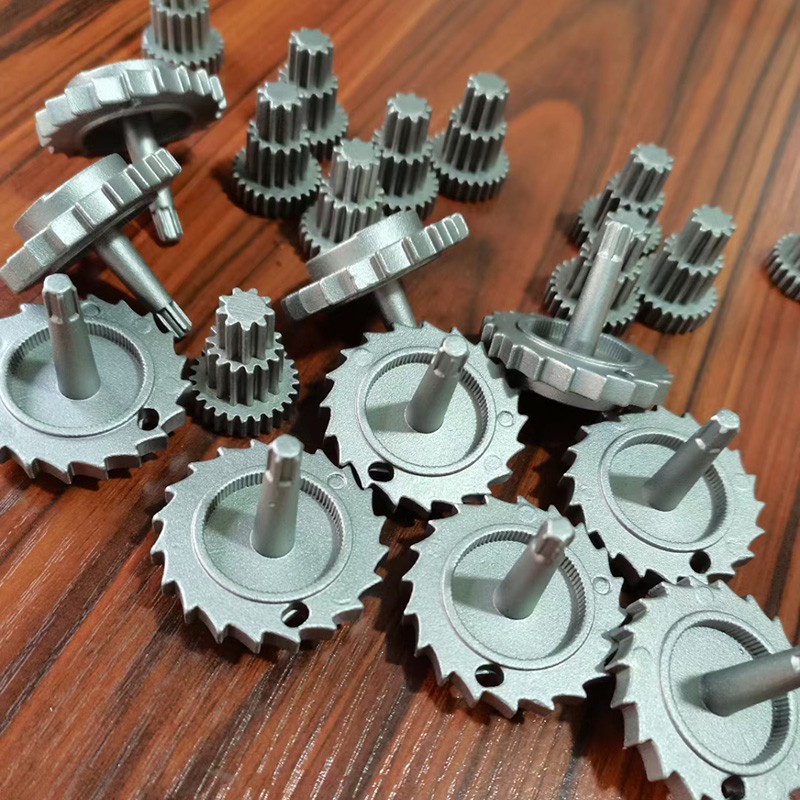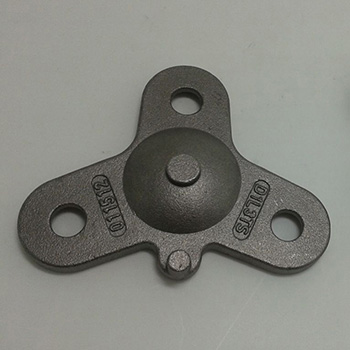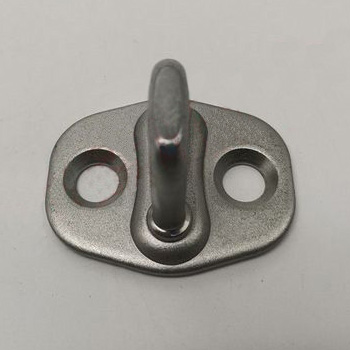Investment casting, also known as lost-wax casting, is a versatile manufacturing process used in various industries. Some of the industries that commonly use investment casting include:
Aerospace: Investment casting is widely utilized in the aerospace industry for manufacturing complex and high-precision components such as turbine blades, engine parts, and structural components. The process enables the production of intricate shapes and allows for the use of lightweight materials.
Automotive: Investment casting finds application in the automotive industry for producing components like engine parts, exhaust manifolds, intake manifolds, suspension components, and other precision parts. The process offers design flexibility, enabling the production of intricate geometries and reducing the need for machining.
Medical: Investment casting plays a crucial role in the medical industry for manufacturing surgical instruments, orthopedic implants, dental components, and other medical devices. The process allows for the production of complex shapes with high accuracy and surface finish.
Energy: Investment casting is employed in the energy sector, particularly in the production of components for gas and steam turbines, nuclear power plants, and renewable energy systems. The process facilitates the creation of intricate and heat-resistant parts for these applications.
Defense: The defense industry utilizes investment casting for producing various components, including weapon systems, military vehicle parts, and aircraft components. The process enables the production of strong, lightweight, and complex parts critical to defense applications.
Jewelry: Investment casting has long been used in the jewelry industry to create intricate and detailed designs. It allows jewelers to produce complex shapes and patterns with high precision, offering a versatile method for creating custom jewelry pieces.
Art and Sculpture: Artists and sculptors utilize investment casting to bring their creative ideas to life. The process enables the replication of intricate details and allows artists to work with a variety of metals, providing them with the freedom to explore different forms and textures.
These are just a few examples of industries that commonly employ investment casting. However, the versatility of the process extends to other sectors as well, where complex shapes, precision, and repeatability are desired in the manufacturing of metal components.



